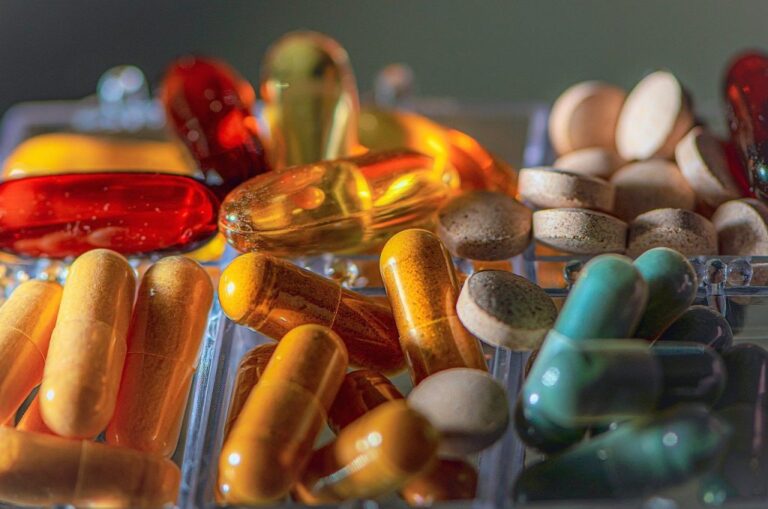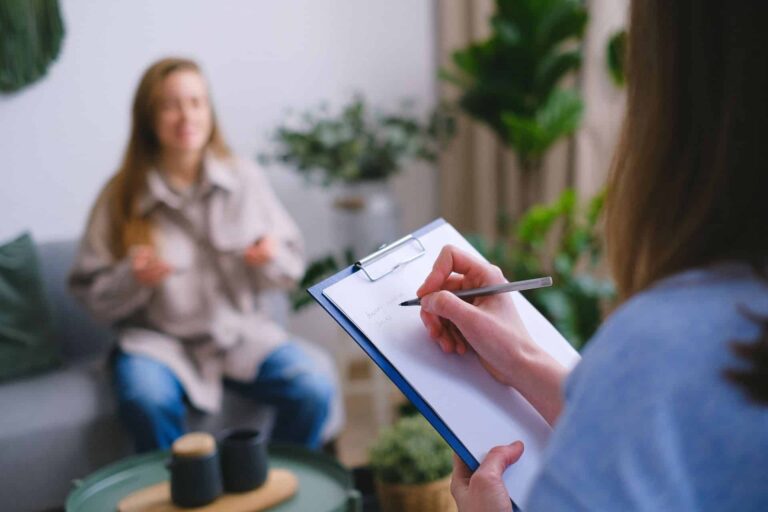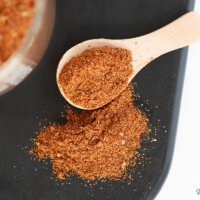Erectile dysfunction is one of the most widely occurring sexual health problems in men. It mostly affects men over 40, but can also be seen in men in their 20s and 30s. While there are medications available for this indication, many people prefer to use acupressure for erectile dysfunction as it is a natural way of treatment.
Erectile Dysfunction – What is it?
Impotence or erectile dysfunction (ED) is defined as the incapacity to get or maintain an erection during sexual intercourse. Even though this can happen occasionally to almost every male, a frequent occurrence is a cause of concern.
Erectile dysfunction has gained momentum in recent years as unhealthy lifestyle habits have been on the rise. Conditions like stress, depression, anxiety, hypertension, diabetes, obesity, and high cholesterol are major contributors to ED and hence, one must work not only for their physical well-being but also for their mental peace.

Common symptoms of ED
You may be suffering from ED if you regularly encounter the following:
- Difficulty in getting/maintaining an erection while engaging in sexual activities
- Less interest in sexual intercourse
- Premature or delayed ejaculation
- Anorgasmia, which is the reduced ability or inability to attain an orgasm after sufficient stimulation
In case you’re suffering from any of the conditions stated above, do not waste time and immediately get in touch with a doctor.

Acupressure for erectile dysfunction
Acupressure is an ancient method that focuses on healing via nerve stimulation. It involves applying pressure on certain points in the body so as to help it heal.
It is a completely natural process and requires no medication or surgery. Hence, using acupressure for erectile dysfunction is a recommended approach as it ensures zero side effects.
Given below are 5 effective and easy-to-do acupressure techniques that can help you cure ED-
Gate Origin
The CV4 or the gate origin is the area beneath the belly button. It can be stimulated by applying pressure to the region between the belly button and the pubic bone.
Stimulation for around 1-2 minutes daily can greatly help with curing ED.

Bigger Stream
This is located in the middle point of the ankle bone and Achilles tendon. You can stimulate this pressure point by firmly pressing the region while taking deep breaths for about a minute.
Regular stimulation of this region helps relieve fatigue and sexual tensions ultimately aiding to cure ED.
LV3 (Foot)
This pressure point is present about 2 inches below the gap between the first and second toe. You can stimulate this region by applying firm pressure using your index finger and keeping it on for about 1-2 minutes.

This acupressure point provides relief from stress, and fatigue, and consequently helps with ED.
ST36 (Lower Leg)
This pressure point is located one hand’s width beneath the knee on the front side of your leg. You can stimulate this area by firmly pressing it with your fingers for a couple of minutes. Do it on both legs to get the best results.
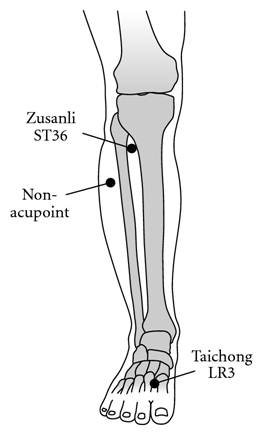
Sea of Vitality
This is found in the lower back region at the same level as the belly button. You can stimulate this region by using the back of your hand to rub and generate heat and then using your thumb to press firmly for about 1 minute.
This point is really helpful in curing ED and also works effectively for premature ejaculation and lower back pain, both of which can cause reduced interest in sexual activities.
Related Post – Acupressure for Prostate Problems
FAQs on Erectile Dysfunction
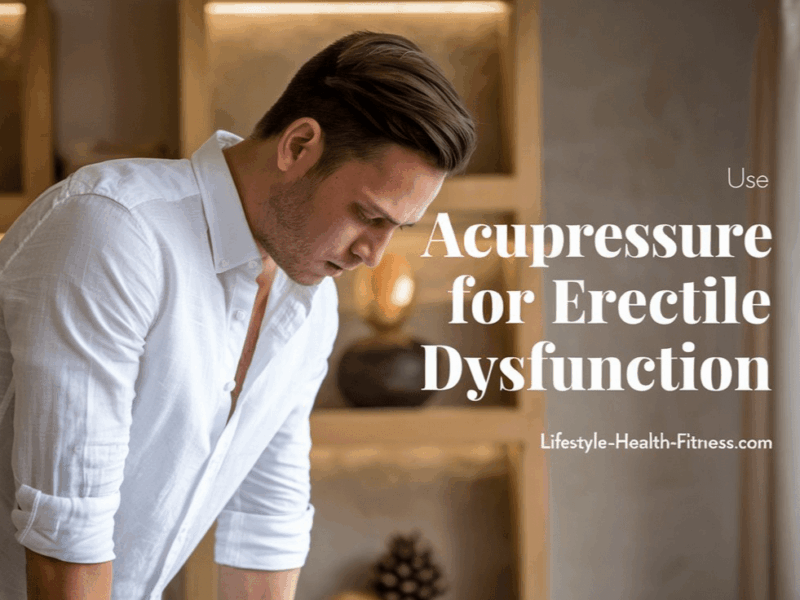
Q1: Are erectile dysfunction pills safe for long-term use and do they have side effects?
A: FDA-approved erectile dysfunction medications are generally safe for most men when prescribed and used correctly, but they can have side effects like headaches, flushing, or indigestion, and should not be taken with certain other medications, especially nitrates.
Q2: Are erectile dysfunction and premature ejaculation related, and can they co-occur?
A: Yes, erectile dysfunction (ED) and premature ejaculation (PE) are often strongly related and can frequently co-occur. They can sometimes exacerbate each other, creating a cycle where anxiety about one condition impacts the other.
Q3: Is erectile dysfunction permanent, or can it be cured completely?
A: Erectile dysfunction is not always permanent; its reversibility depends on the underlying cause. While some causes, like nerve or blood vessel damage, might lead to permanent ED, many cases are treatable and can be reversed with appropriate interventions.
Q4: Is erectile dysfunction reversible with lifestyle changes and medical treatments?
A: Yes, erectile dysfunction is often reversible, especially when caused by modifiable factors. Lifestyle changes, addressing underlying medical conditions, and various medical treatments can significantly improve or resolve ED.
Q5: Is erectile dysfunction a sign of prostate cancer, or is there a direct link?
A: While advanced prostate cancer can cause erectile dysfunction, ED itself is not typically a direct sign of early prostate cancer. However, treatments for prostate cancer, like surgery or radiation, can frequently lead to ED due to nerve damage.
Q6: Is erectile dysfunction psychological, caused by stress, anxiety, or mental health factors?
A: Yes, erectile dysfunction can indeed be psychological, with stress, anxiety (especially performance anxiety), depression, and relationship issues often playing a significant role. It can also be a combination of psychological and physical factors.
Resources for these answers:
- American Urological Association (AUA)
- Mayo Clinic
- National Institute of Diabetes and Digestive and Kidney Diseases (NIDDK)
- PubMed Central (for studies on acupressure and sexual health)
- Yale Medicine
Related Post:
5 amazing acupressure tips for you to relieve stress instantly
Acupressure Points for Diabetes Cure
Source and image credit:


